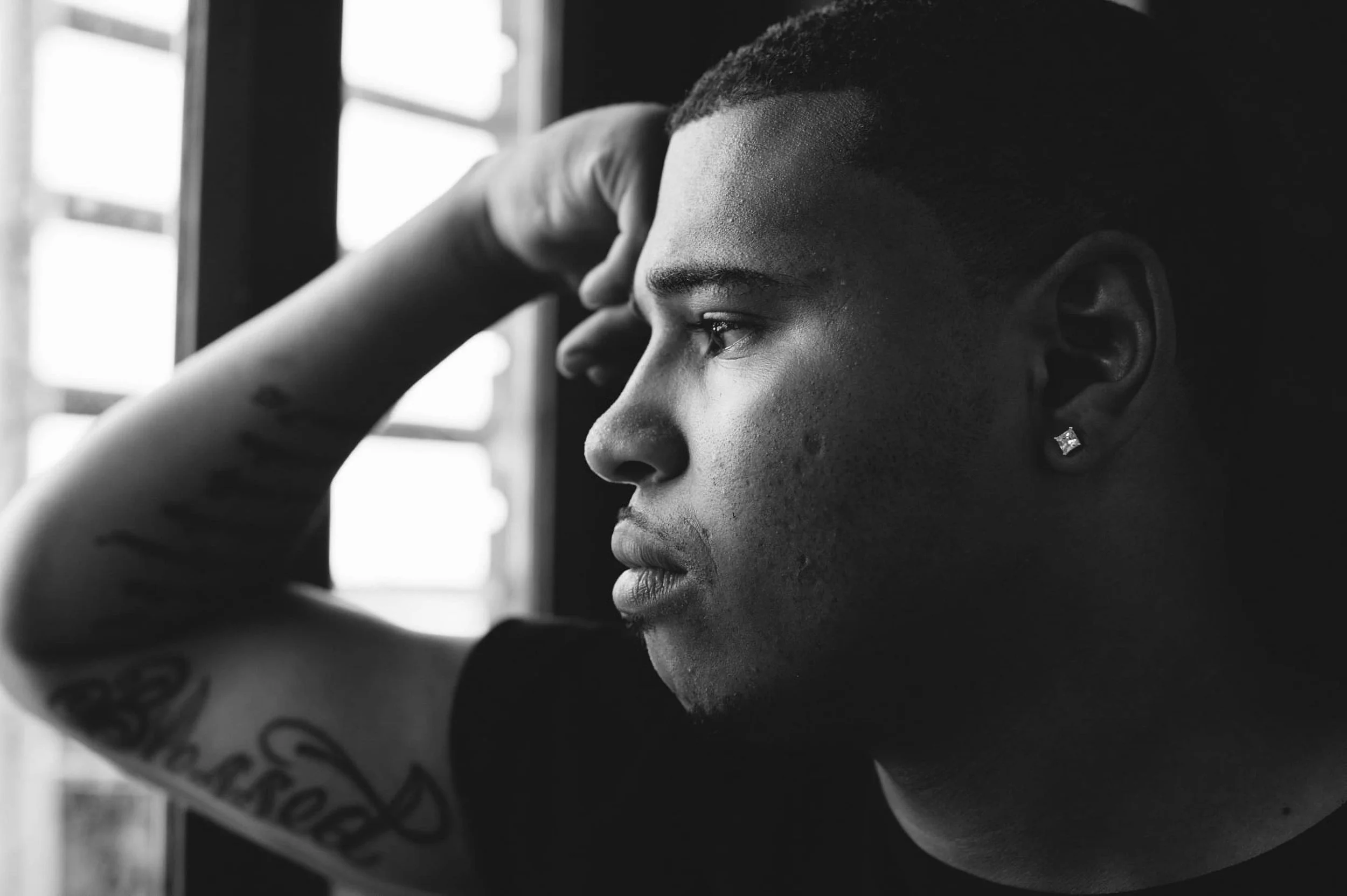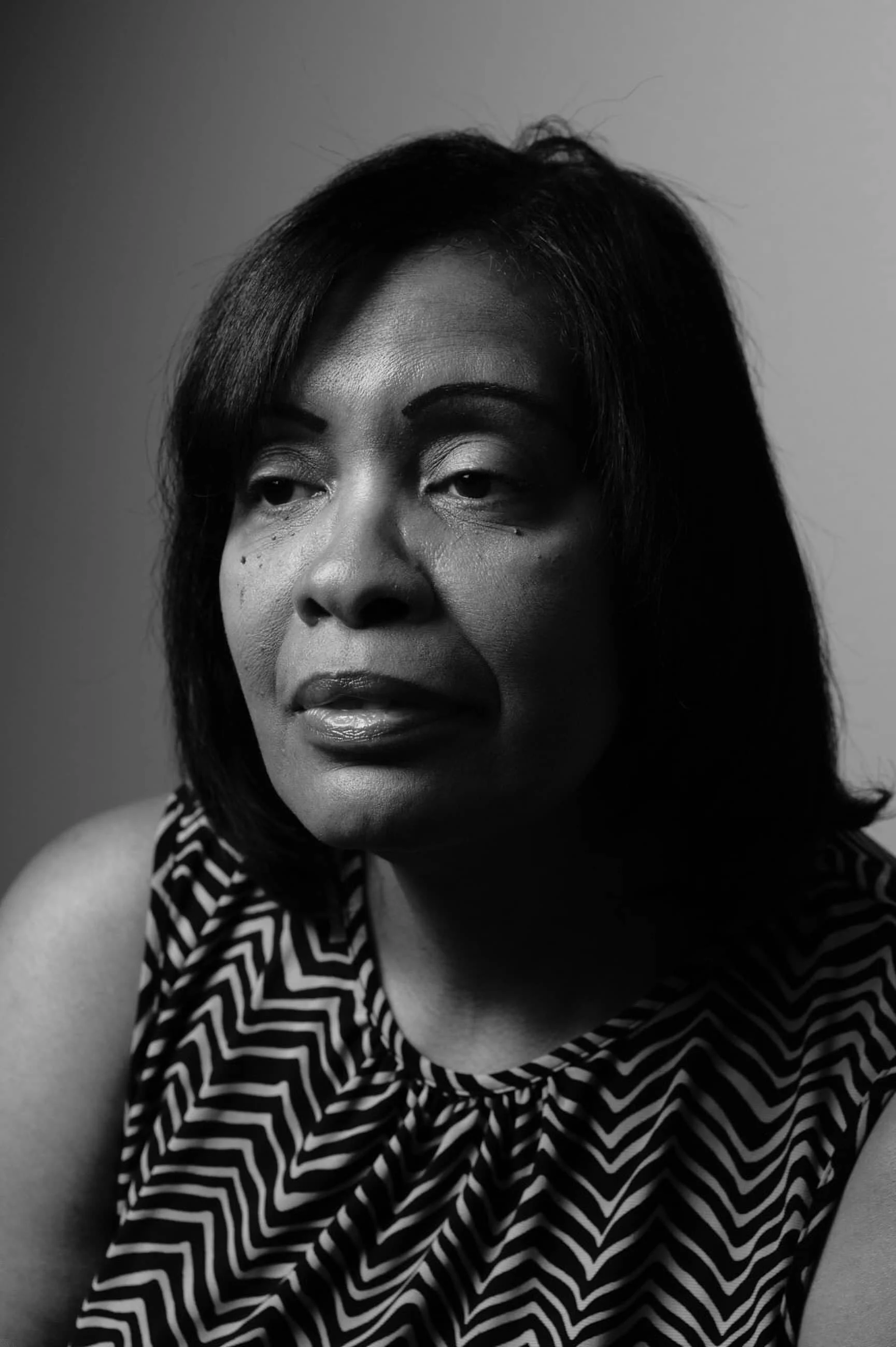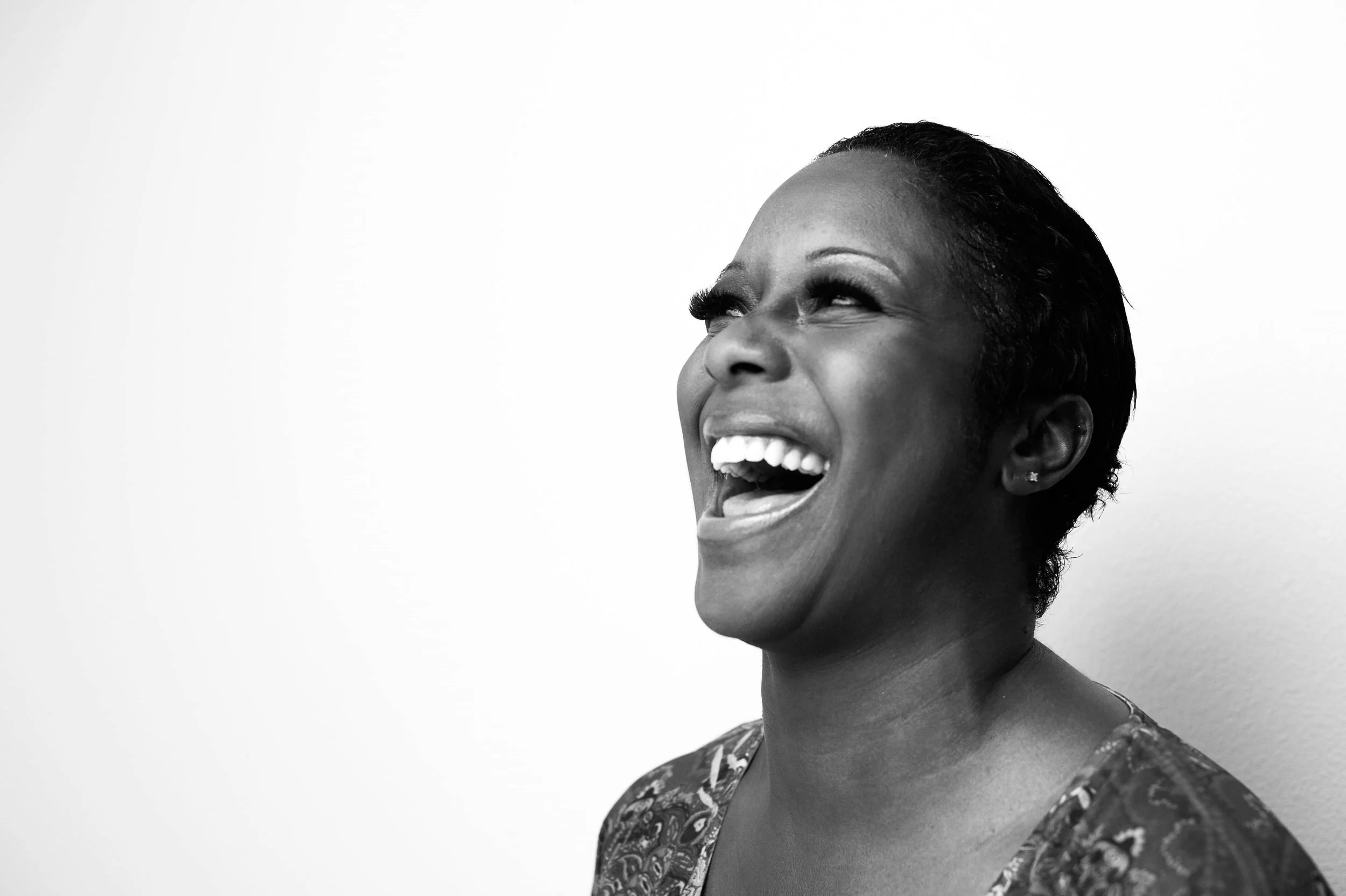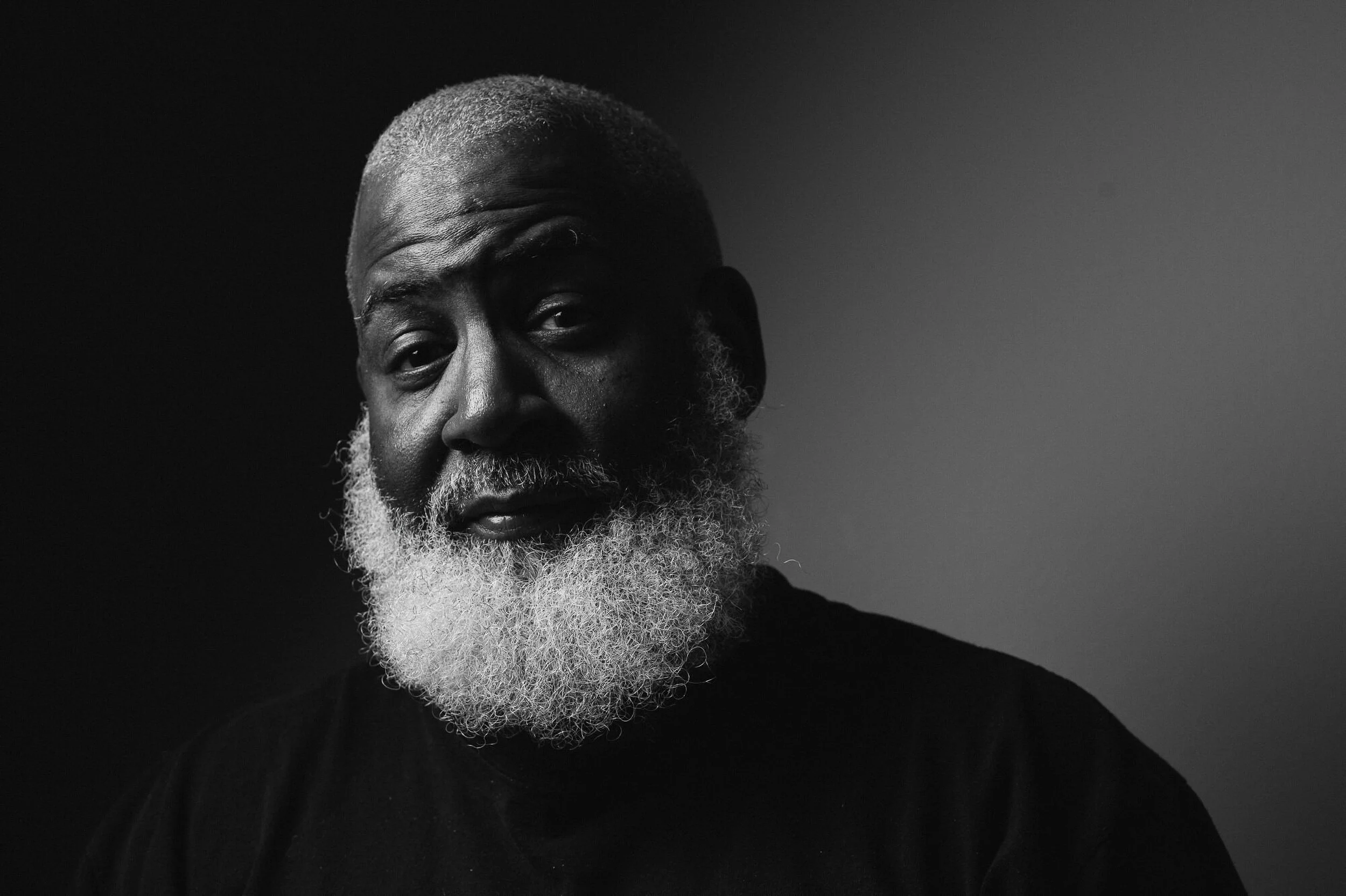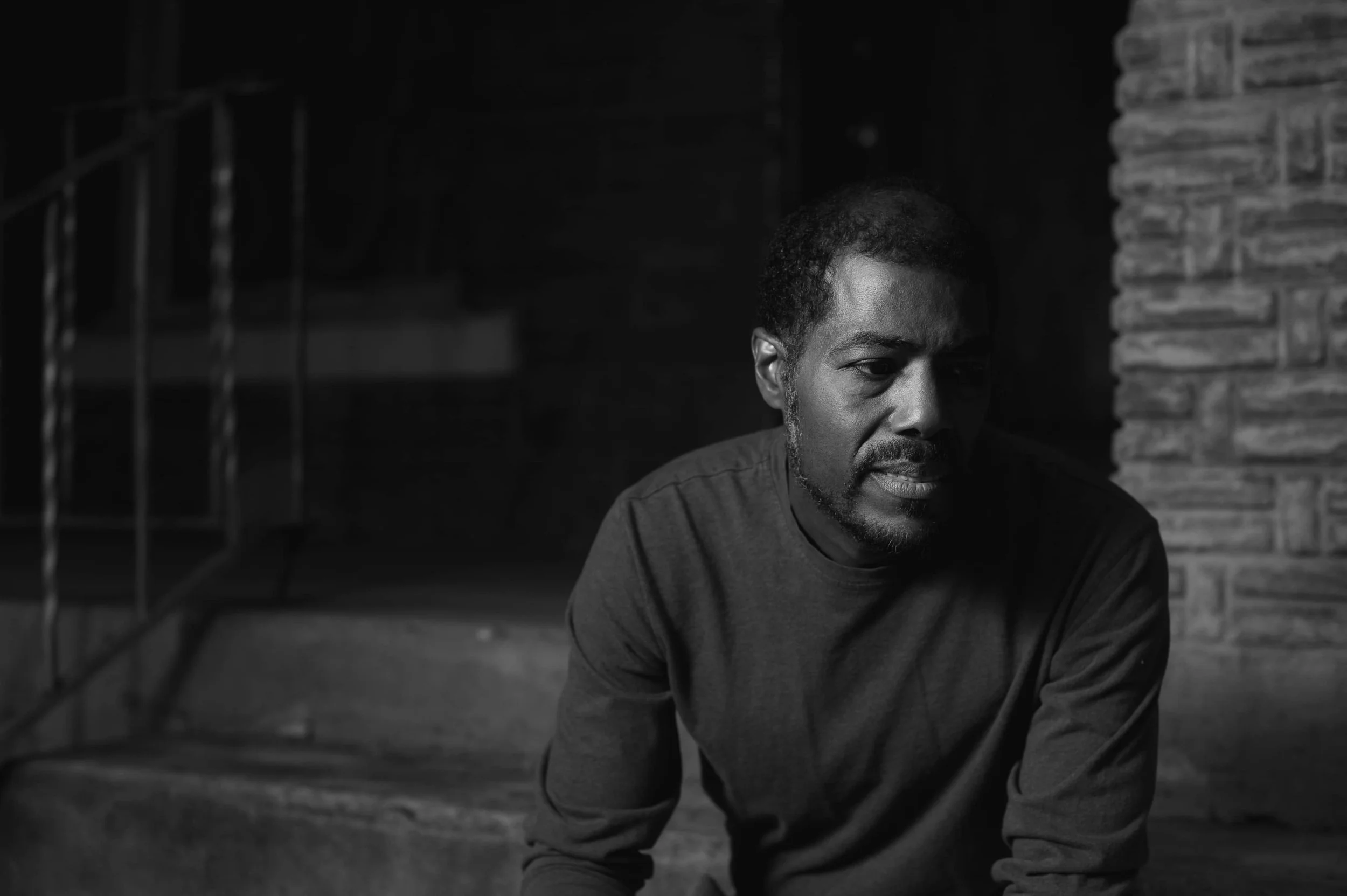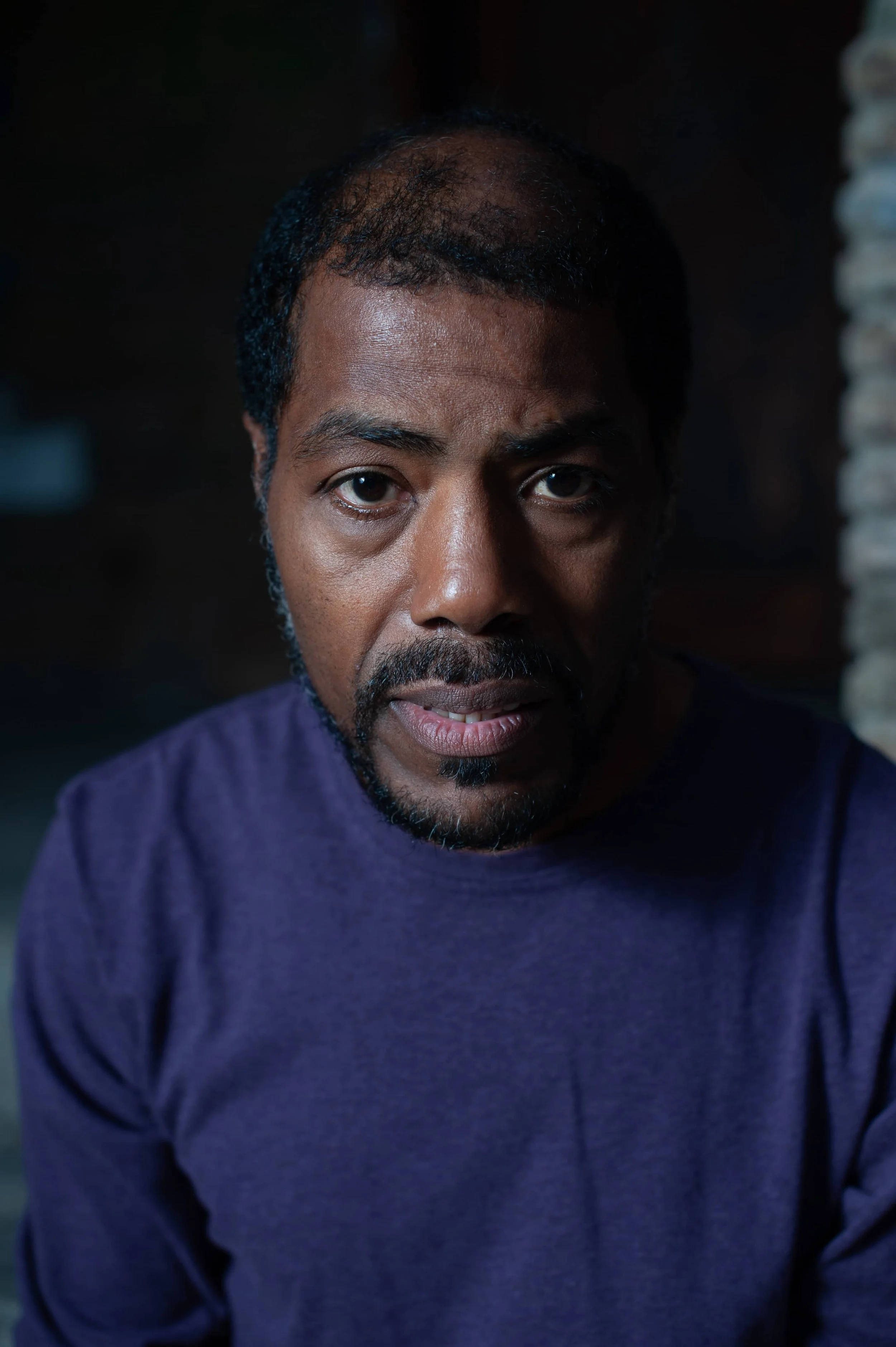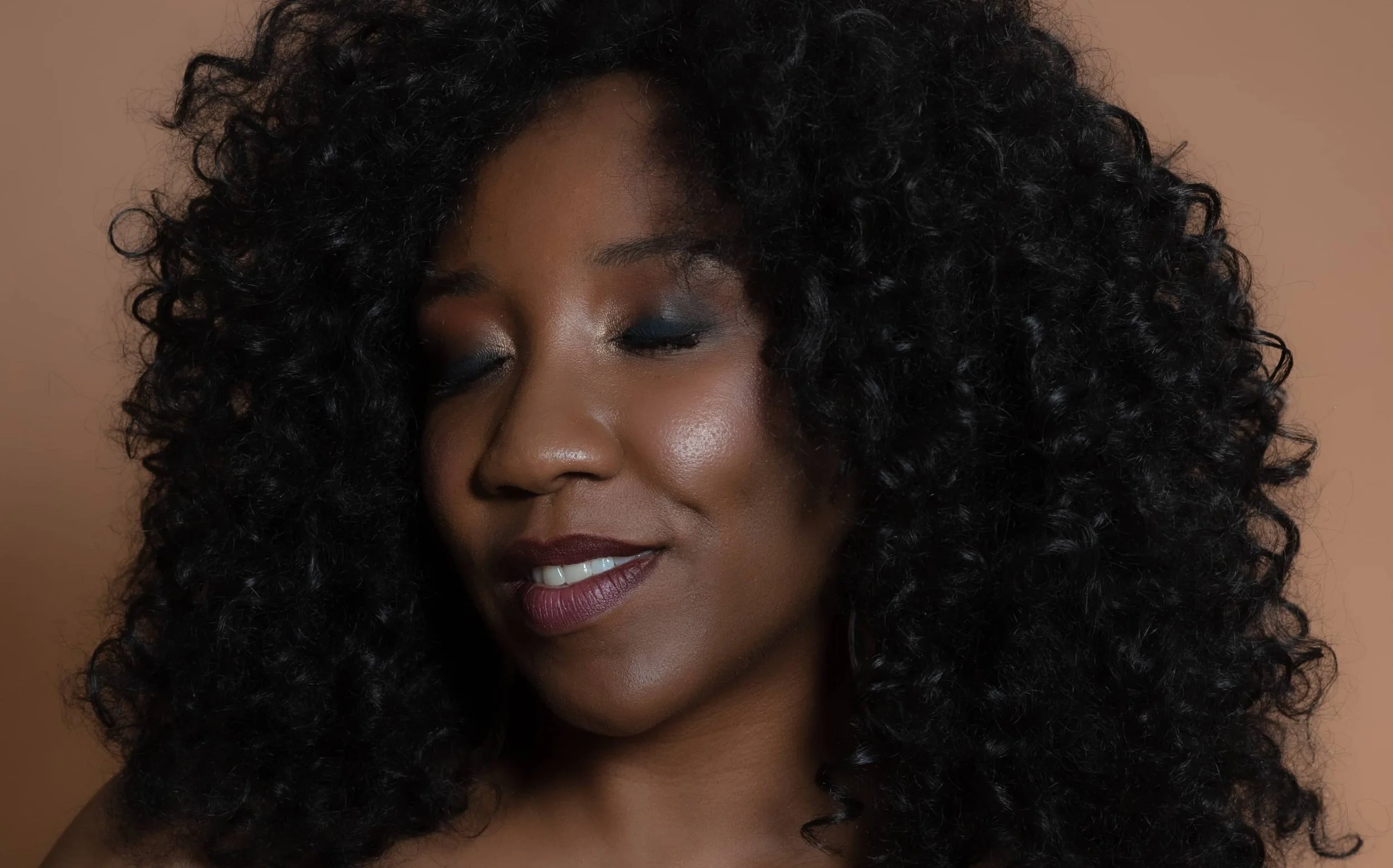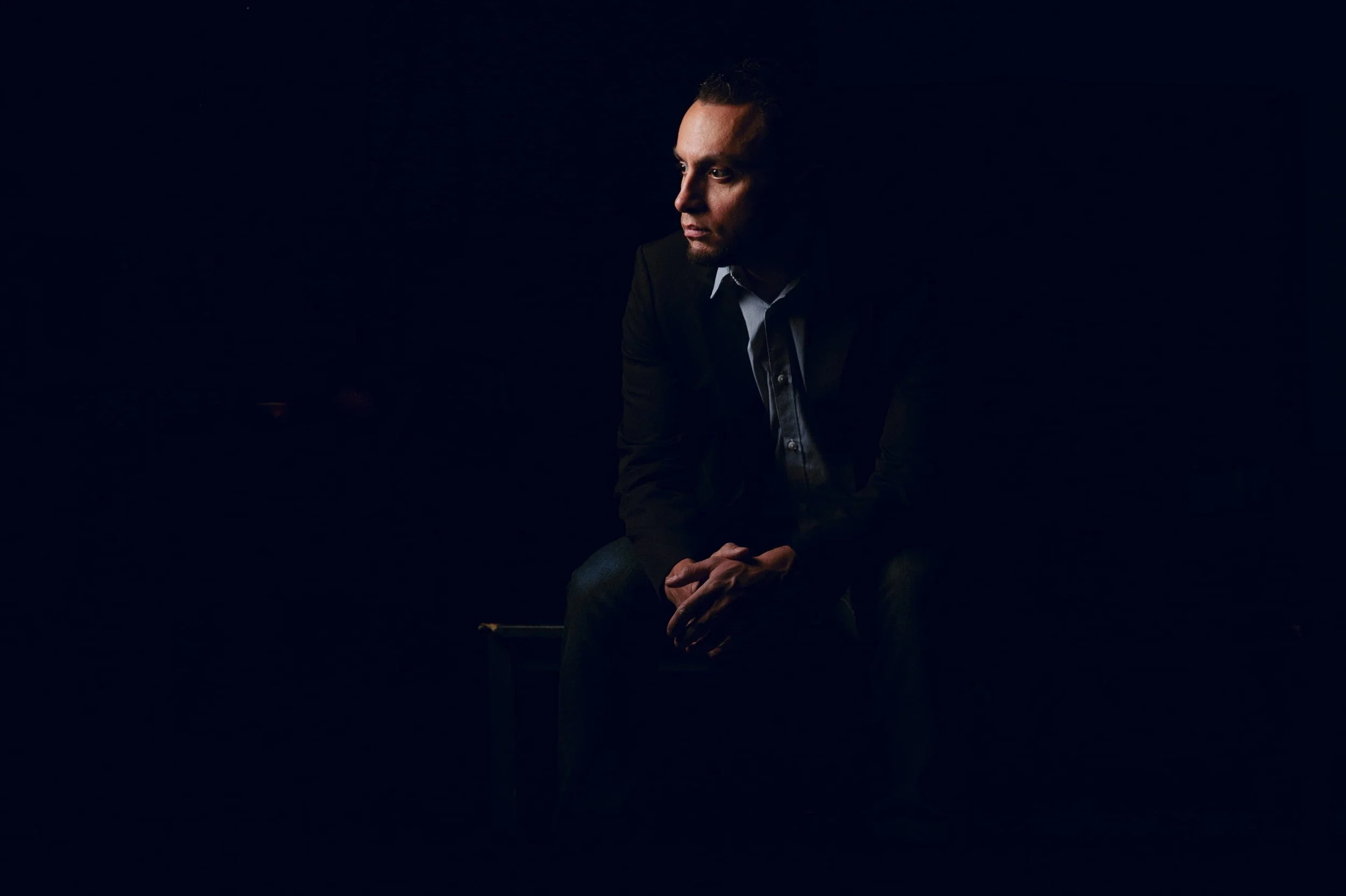Interview With Photographer Michelle Patrick
Congratulations to Michelle Patrick for earning her place as the Winner of the Monthly Art Award June 2025 Edition!
Who are you?
I'm Michelle Patrick, a multi-disciplinary artist whose work spans photography, performance, and cultural administration. My artistic journey began in Queens, New York, where I trained in ballet and theatre and having that background has deeply informed my approach to photography. Ballet taught me how to see and capture movement, form, and expression—how the slightest shift in posture or gesture can tell a story.
Theater added another layer: understanding mood, emotion, and the importance of lighting and staging to create atmosphere. Together, they trained my eye to be intentional with composition and timing, and to connect with the subject’s energy. Whether I’m photographing a portrait or documenting an event, I’m always thinking like a performer—how to convey emotion and narrative in a single frame. Photography has become the perfect medium for weaving these skills into a single expressive practice.
As a photographer, I also focus on capturing moments that reveal deeper stories about identity and human connection—my recent solo exhibition GRACE reflects this approach to visual narrative. I'm particularly excited about projects that bridge different artistic disciplines—I'm currently producing a web series called 'LOCAL TIME', querying my debut novel and recently performed in The Lifespan of a Fact at Majestic Repertory Theater in Las Vegas, Nevada.
My cultural administrative background includes the Sundance Film Festival, Denver Center for the Performing Arts and the Nevada Arts Council.
“America” [GRACE Exhibition]
Photography
By Michelle Patrick
What inspired you to utilize photography as a medium?
My journey into photography began organically during my acting career in Queens, New York, where I had initially focused on ballet and theatre. While working as a performer later in life, I found myself drawn to the artistry of portrait photography, recognizing an intuitive connection to the medium that felt both natural and compelling.
My theatrical foundation proved invaluable in shaping my photographic approach because the skills I developed on stage—understanding human emotion, reading subtle expressions, and creating authentic connections—was easy for me to translate behind the camera. Having this unique background has allowed me to cultivate an environment where subjects feel genuinely at ease, and enables me to capture those moments of authentic expression that make portraits truly compelling.
Having the ability to direct without “directing”, is drawn from both my experience as a performer and director. I really enjoy guiding subjects toward their most honest selves while maintaining the spontaneity that makes great portraiture possible. My theatrical eye also helps me see beyond the surface, capturing not just how someone looks, but who they are in that moment. I always see the beauty in people that they often don’t see in themselves.
“Mom”
Photography
By Michelle Patrick
How would you describe your work?
I have always dedicated myself to exploring artistic expression through various mediums, creating work that examines the complexities of the human experience. As a photographer, I enjoy capturing moments that tell stories of identity, community, and connection through the subject’s eyes. I believe the best portraits happen when people forget about the camera and simply exist in the moment—that's when the real character reveals itself.
I draw on my theatrical background to create an environment where subjects feel genuinely comfortable, allowing their true personality to emerge. Each session is about more than capturing a likeness—it's about telling the story of who someone is in that moment. In today’s social-media driven environment, it’s challenging to tell what’s real and what’s not, and I enjoy exploring the bones of who and what’s real.
“Joy”
Photography
By Michelle Patrick
Can you discuss the inspiration and thought process behind your winning work?
"Dad" holds profound personal significance as a portrait of my late father—the first and only photograph I ever took of him using this medium. What makes this image particularly poignant is that it emerged unexpectedly during what was meant to be a joint session photographing both of my parents. Shot in my small apartment (at the time) with minimal equipment—just a single light—this frame was intended as merely a test shot.
The photograph has since taken on deeper meaning as it represents the last time I would capture my parents together. My mother passed away a year after these images were taken, and my father four years later. The intimacy of that moment, created in such humble circumstances, has become one of my most treasured images.
While I continue to deliberate about sharing the complete session from that day, "Dad" stands as a testament to photography's power to preserve fleeting moments we don't yet know are precious. It reminds me that sometimes our most meaningful work happens not in planned compositions, but in the quiet, unguarded instants between intention and action.
This piece speaks to the heart of why I photograph people—to honor their presence, to celebrate their humanity, and to hold space for the stories that connect us all.
“Dad” [GRACE Exhibition]
Photography
By Michelle Patrick
What do you hope to communicate to an audience with your work?
Art has the unique power to shape how we see ourselves and others, making fair representation not just important, but essential to our collective humanity. When different voices, experiences, and perspectives are authentically portrayed in artistic work, it validates the full spectrum of human existence and challenges the narrow narratives that have historically dominated cultural spaces.
Representation in art serves as both mirror and window—it allows people to see themselves reflected with dignity and complexity, while simultaneously offering others insight into experiences beyond their own. This dual function breaks down barriers of misunderstanding and builds bridges of empathy across different communities.
When art lacks diverse representation, it perpetuates harmful stereotypes and reinforces systems of exclusion. It sends the message that certain stories, faces, and experiences are more valuable or "universal" than others. This not only diminishes the richness of our cultural landscape but also denies opportunities for connection and growth.
Fair representation in art is particularly crucial because creative work has the ability to influence social attitudes, policy decisions, and future generations' understanding of what's possible. When people see themselves represented as complex, capable, and worthy of artistic attention, it expands their sense of self and their place in the world. No matter where they are in life.
As artists, we have the responsibility to use our platforms to amplify voices that have been marginalized or silenced. This doesn't mean compromising artistic integrity—it means recognizing that true artistic excellence emerges when we embrace the full diversity of human experience and allow all stories to be told with authenticity and respect.
“America Part II” [GRACE Exhibition]
Photography
By Michelle Patrick
Can you talk about your biggest learning experience during the process of shooting?
As I continue to evolve as a human being, my artistic practice evolves alongside me. This growth is only possible when I remain open to learning, to expanding my perspective, and to the inevitable mistakes that come with pushing creative boundaries. Rather than being embarrassed by these missteps, I embrace them as essential catalysts that challenge me to venture beyond my comfort zone.
Each mistake becomes a teacher, revealing new possibilities I hadn't previously considered and pushing me toward more authentic expression. This willingness to be vulnerable in my creative process—to risk failure in service of discovery—is what allows my work to remain dynamic and meaningful. It's in these moments of uncertainty and discomfort that I often find my most honest artistic voice. (So in other words, I am still developing my technical skills - ha!)
I've also been working with the same camera for the past 12 years, and while it's served me well, I’m planning an upgrade in the coming year. I’m excited to explore how improved dynamic range, resolution, and low-light performance can enhance my images. I’m excited to see how new technology might help me grow creatively and capture even more nuanced images.
I believe that art stagnates when we become too comfortable with our established methods or too afraid to fail. By maintaining curiosity about my own limitations and staying open to transformation, I ensure that my work continues to reflect not just who I am, but who I'm becoming. This ongoing dialogue between personal growth and artistic development is what keeps my practice alive and relevant, both to myself and to the people I photograph.
“America Part III” [GRACE Exhibition]
Photography
By Michelle Patrick
Can you discuss your biggest success since starting your artistic journey?
While people measure success in countless ways, for me, witnessing the fruits of my labor come to fruition feels both extraordinary and deeply humbling. The journey to this point required not only honing my craft as a photographer and performing artist, but also undertaking the more challenging work of healing myself.
Losing my parents was among the most profound experiences of my life, and it took nearly a decade before I could fully reconnect with who I was—let alone create meaningful work again. The weight of that loss had become so intertwined with my identity that I wasn't sure if the artist I once was still existed.
The turning point came in 2024 when I was invited to perform in a theatrical production. I felt tremendous anxiety stepping back onto the stage after so many years, uncertain whether I could access that part of myself again. But the moment I began to perform, something shifted. It was profoundly liberating—a reminder of what art offers not just to me, but to everyone: the freedom to transform, to transcend, to become fully alive in the present moment.
When the production ended, I recognized that the theatrical roles available to me might be limited, but my need to create was not. I returned to photography with renewed purpose, discovering it offered another avenue to honor my creativity while pursuing what I love most. In many ways, picking up my camera again felt like coming home—to myself, to my art, and to the healing power of creative expression.
Can you give us the best piece of advice you have ever heard/received?
That’s easy. It was from my father and he said, “If you want to keep certain people away from you, tell them the truth.” It works every time!
“Ashanti” [GRACE Exhibition]
Photography
By Michelle Patrick
As a winner, do you have any advice for artists who want to apply for awards, competitions, residencies, etc.?
Keep applying! Keep trying! It’s never too late to get yourself out there, but be sure to do your research and ask for help from someone you trust when needed.
“We’ve Been Here” [GRACE Exhibition]
Photography
By Michelle Patrick
What projects are you working on currently? Can you discuss them?
I've recently embarked on a photography project that examines the black and brown female experience in rancher life—a subject that has captivated me for years. While I'm still exploring potential titles for the series, the work itself is taking shape beautifully, and I'm currently in discussions to include one or two images in a group exhibition in Northern Nevada this winter.
This project represents the convergence of several passions: my love for photography, my commitment to authentic representation, and my desire to challenge the narrow narratives that have long dominated depictions of the American West. For too long, the stories and contributions of black and brown women in ranching communities have been overlooked or misrepresented, perpetuating harmful stereotypes that fail to capture the full complexity of their experiences.
Through this series, I aim to present these women not as exceptions to some perceived norm, but as integral parts of a rich, diverse Western heritage that has always existed but rarely been acknowledged. Each portrait seeks to honor their strength, their connection to the land, and their rightful place in the story of the American West.
While I can't share the images just yet, I'm thrilled to be working on something that combines my artistic practice with meaningful social impact. This project allows me to do what I love most—create compelling visual narratives—while contributing to a more complete and honest representation of Western life and the remarkable women who have always been part of it and are shaping it today.
“Rainey”
Photography
By Michelle Patrick
What is your dream project or piece that you hope to accomplish?
I'm deeply energized by the project I'm currently developing. While I recognize there's much for me to learn, that prospect excites rather than intimidates me—I genuinely thrive on discovering new perspectives, connecting with people from different backgrounds, and immersing myself in unfamiliar cultural contexts.
At the same time, I understand that my enthusiasm must be balanced with mindfulness and respect. This work requires more than just artistic vision; it demands genuine relationship-building and earned trust. I'm committed to approaching this project with the patience and sensitivity it deserves, knowing that authentic storytelling can only emerge from meaningful connections forged over time.
The most impactful art often comes from stepping outside our comfort zones, but doing so responsibly means honoring the communities we're privileged to document. I'm prepared for this to be a gradual process—one that prioritizes respect and understanding over speed. Building the trust necessary to tell these stories authentically will be just as important as the final images themselves.
This approach aligns with my broader belief that photography at its best is collaborative, not extractive. I'm excited to embark on this journey of discovery, knowing that the relationships I build along the way will be just as valuable as the art that emerges from them.
“Sunset” [GRACE Exhibition]
Photography
By Michelle Patrick
